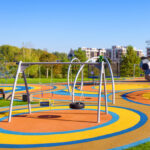
Better Playgrounds Could Help Kids Get More Exercise
The playground at Lake County Intermediate School in Colorado was in desperate need of a renovation. The schoolyard just had a few swings, some rusty climbing equipment, a cracked basketball court, and a play area of dirt and gravel.In 2014, the community replaced the run-down equipment, installing a spiderweb-like climbing net, colorful swings, and twisting slides. A brand new basketball court came along with a grassy play area and balls, Hula-Hoops, and other loose equipment.
The restoration did more than improve how the playground looked; it turbocharged the kids’ recess activity. When researchers observed the playground, they found that the share of children participating in the vigorous physical exercise had tripled. A year later, the students were still more active than before, the researchers reported in 2018.
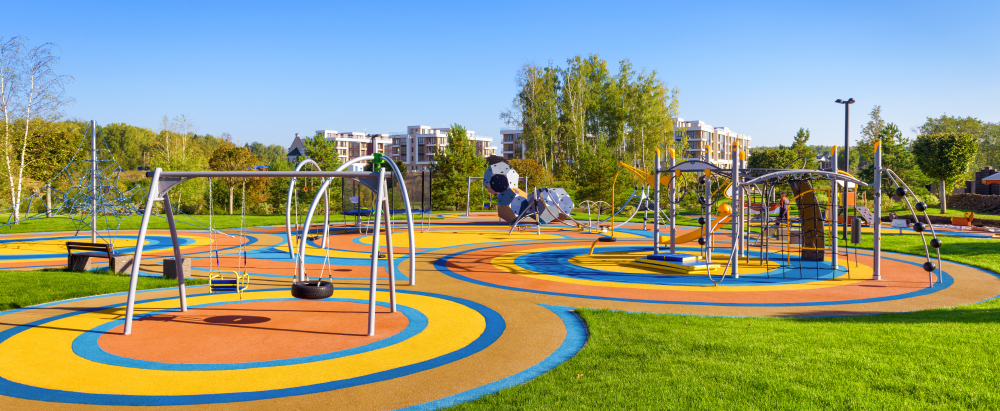
Being physically active has many benefits: It reduces obesity risk and improves overall health, fosters social and emotional development, and promotes academic performance.
Playgrounds encourage kids to be more active in their everyday lives.
Scientists across the globe are trying to understand better how to maximize the opportunity that playgrounds provide. Research teams use all kinds of technology to examine how kids behave while playing and are conducting randomized controlled experiments to assess whether certain playground features, programs, and designs can encourage kids to move more.
Scientists have already identified several strategies for boosting playground activity. One of the first interventions to garner considerable research used nothing more than some colorful paint cans.
In the late 1990s, a study was launched at a primary school in Liverpool, England. Young students were brought to play on a fun, brightly colored designs — including a castle, pirate ship, dragon, hopscotch board, clockface, and maze — to paint on the playground surface. This seemed to spark active play, changed how students used the space, reduced soccer dominance, and created new opportunities for kids who might otherwise just opt-out.
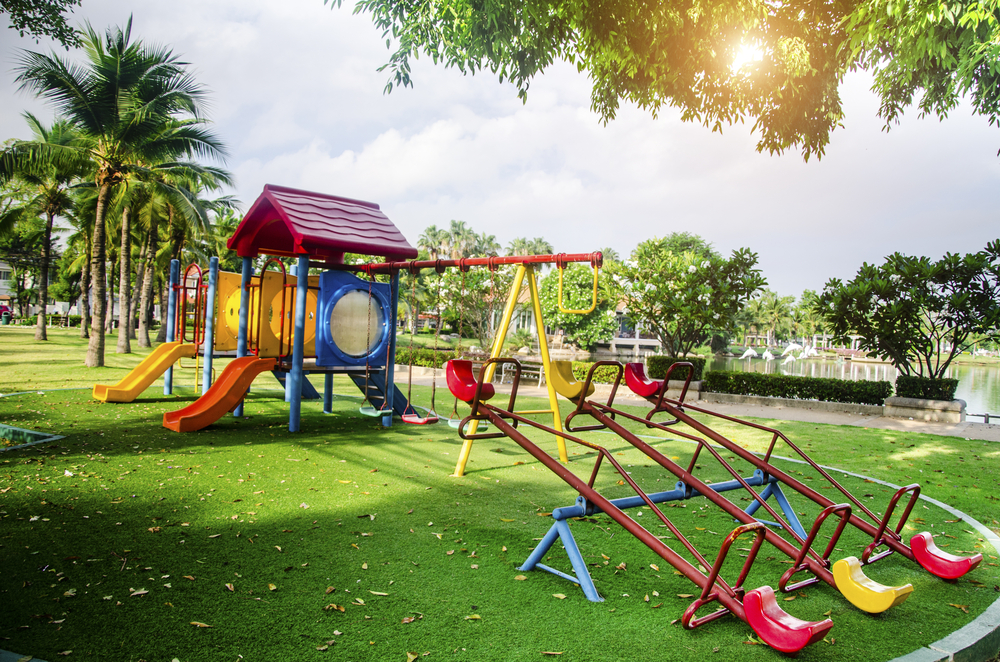
Varied landscapes
Kids are all different, so it makes sense that they are also attracted to different activities, meaning it’s essential to provide various play spaces.
Overhauling playgrounds may level the proverbial playing field, making it easier for less active kids to participate in schoolyard games.
It’s also possible that just a small change to playgrounds can yield significant shifts for the kids who are the least active and thus have the most room for improvement.
And even the most sophisticated designed playgrounds won’t make much difference if kids don’t get time to play on them.
While playgrounds won’t single-handedly remedy childhood inactivity, they can certainly help — imparting a love of movement and setting the stage for a lifetime of healthy habits.
70 thoughts on “Better Playgrounds Could Help Kids Get More Exercise”
Leave a Reply
You must be logged in to post a comment.

How To Care For Your Rabbit

20 Unique, Fun Family Pet Names

Finding The Right Dog For Your Family

Pets Improve For Older People’s Mental & Physical Health
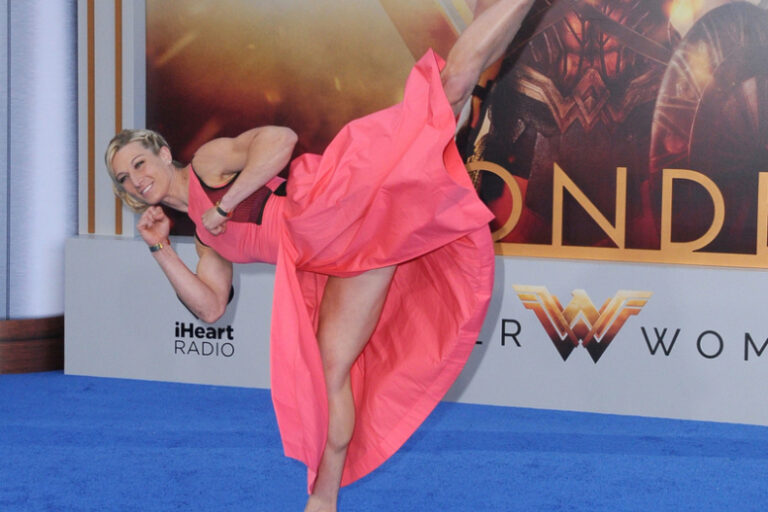
More of The Most Embarrassing Red Carpet Moments That Will Make You Cringe
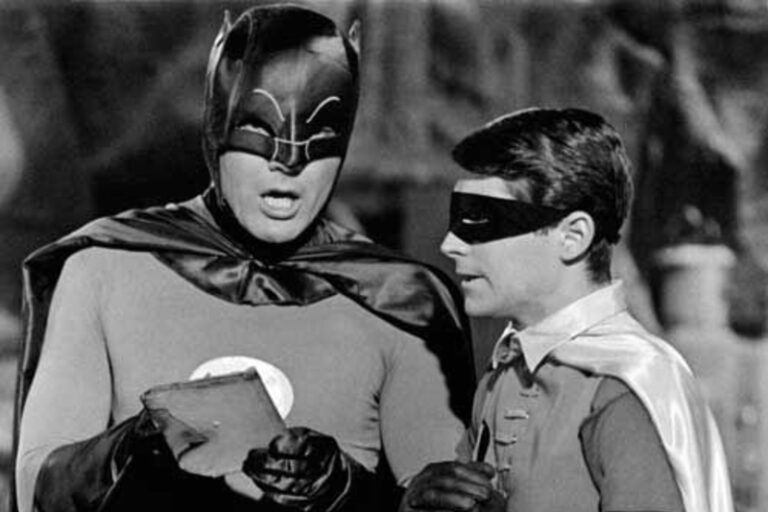
Epic Bat Facts from the Original 1966 ‘Batman’ TV Series

More Cartoons Characters and the People Who Look Freakishly Like Them
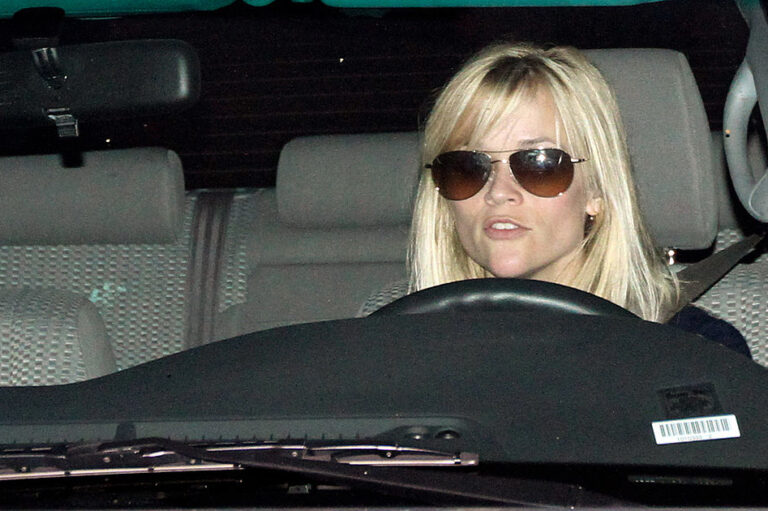
Your Favorite Celebrities May Be Some of the Worst People in Hollywood

The Pasts and Paychecks of Your Favorite Ad Faces
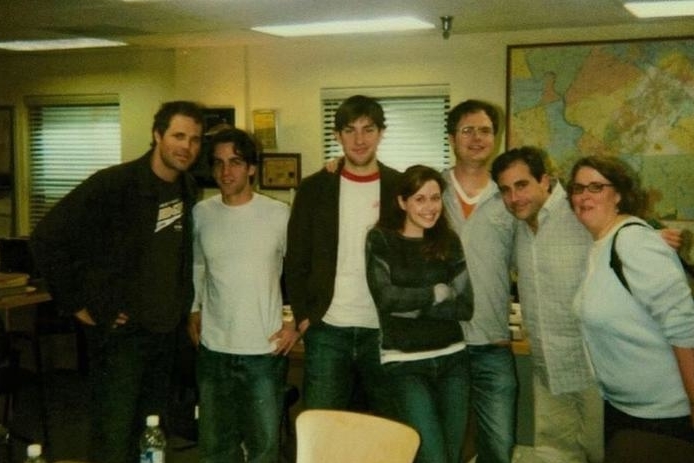
From Britney to Brangelina: the Best of the 2000s
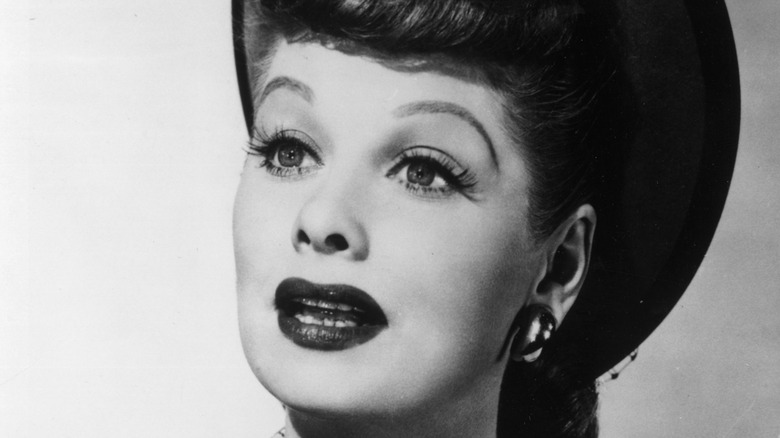
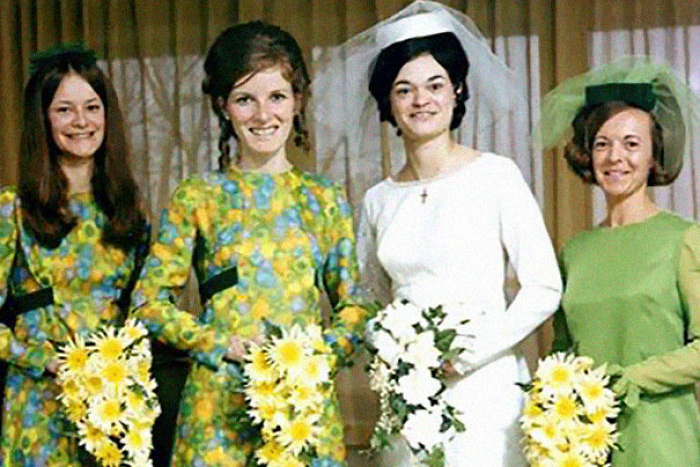


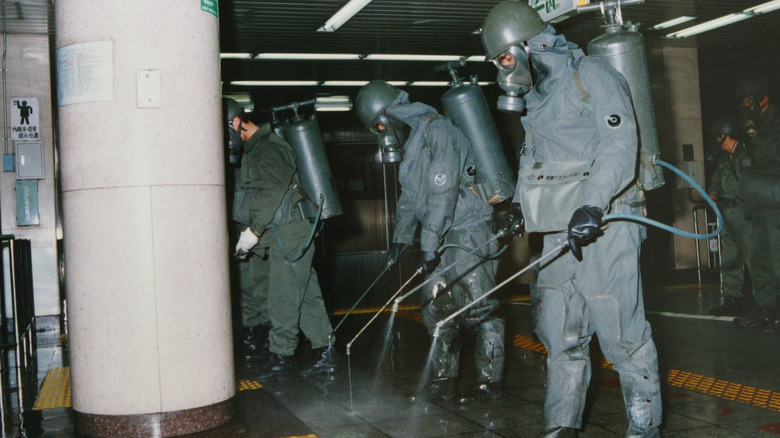
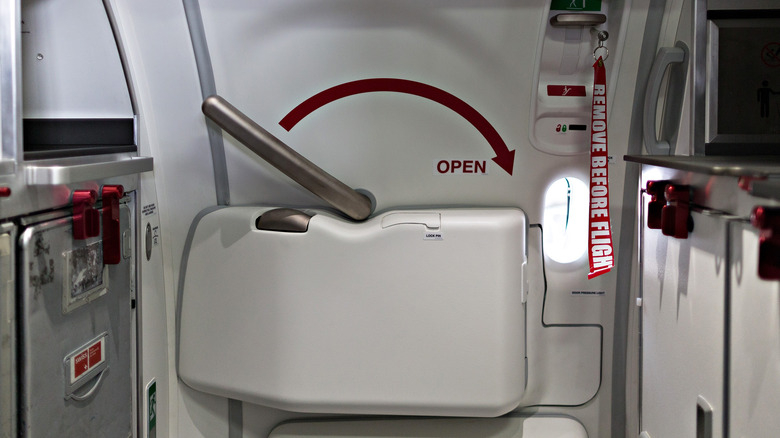

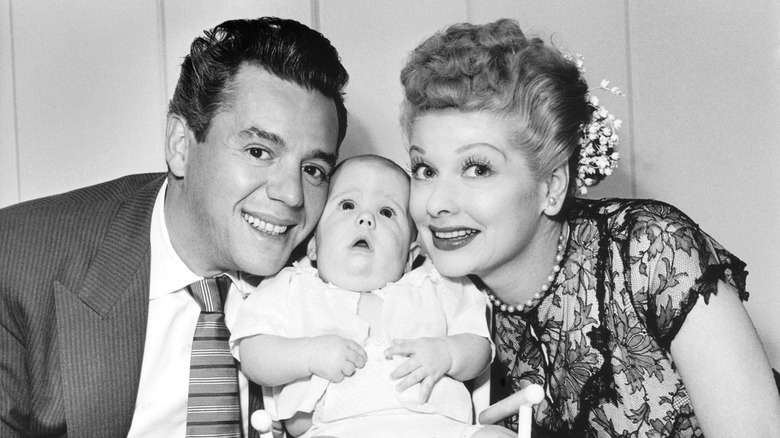


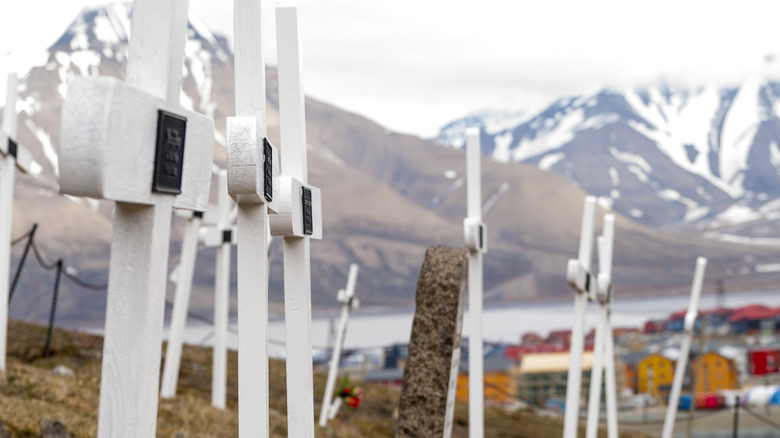

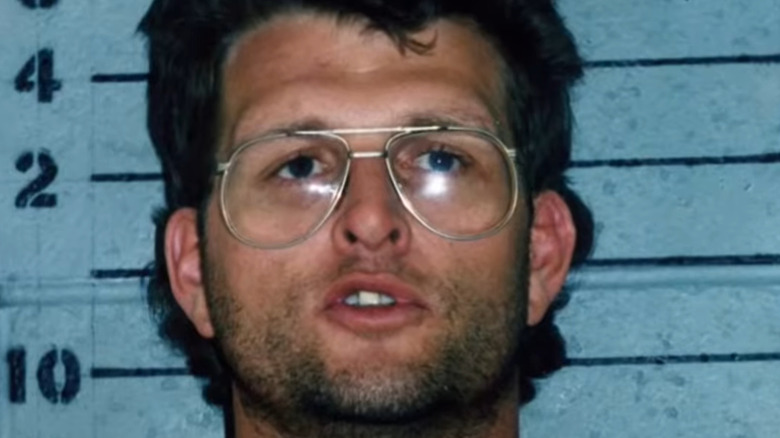
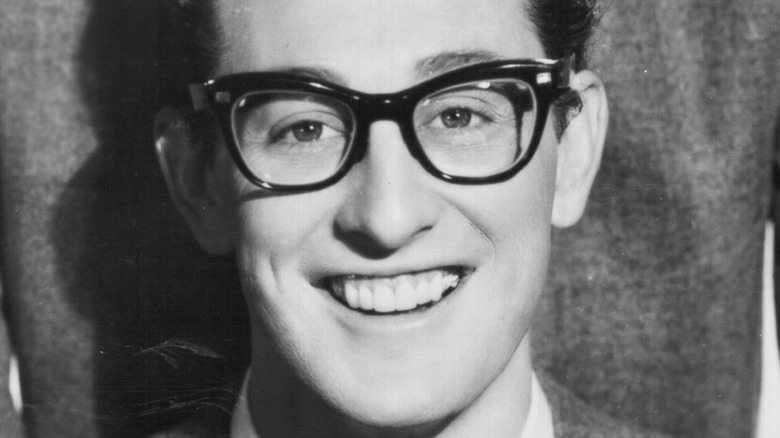




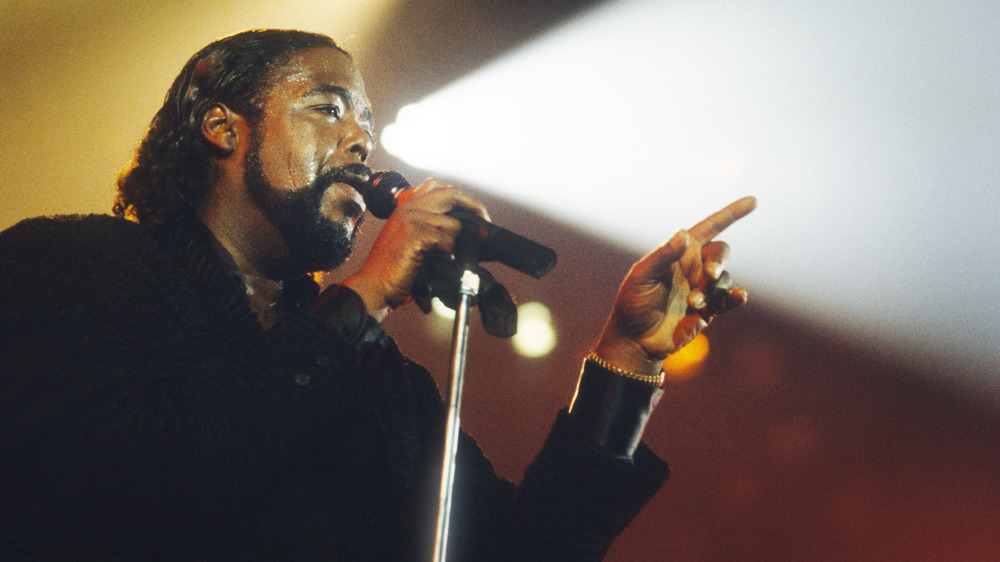
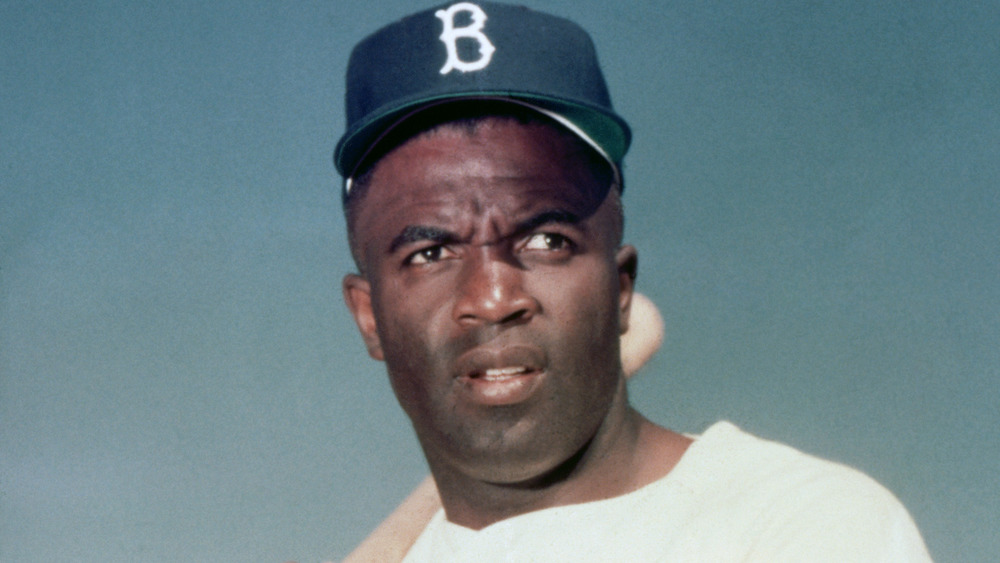



For my thesis, I consulted a lot of information, read your article made me feel a lot, benefited me a lot from it, thank you for your help. Thanks!